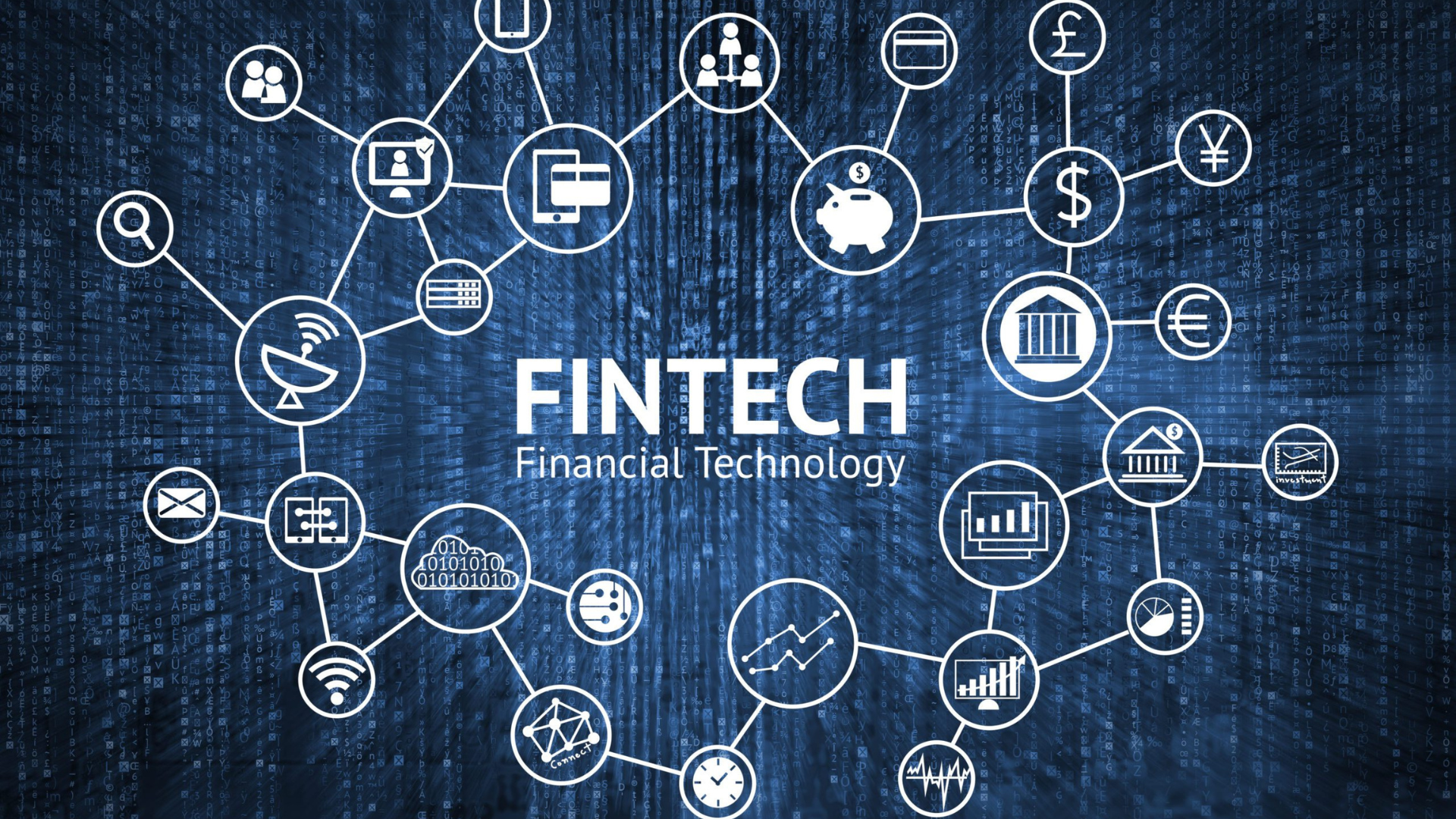How to Make a Payment Gateway Software?
But why is that?
And why is the option to create a customized payment gateway so lucrative?
A payment gateway solution is an essential piece of technology for businesses today. They are the go-between for businesses and customers, allowing secure and efficient transactions.
There are many third-party payment processes available. However, they can be expensive. This limits the flexibility and customization of the payment process.
That’s where developing your own payment software comes in!
Developing a payment solution tailored to your business's specific needs is a viable option. This will save money and provide a customized payment experience to your customers.
In this guide, we will provide a step-by-step breakdown of the key components of developing your own payment solution.
Benefits of Developing Own Payment Gateway Solution
Payment gateway integration has numerous benefits for businesses.
- Flexibility and Customization
It allows for greater flexibility and customization of the payment process. With a third-party payment solution provider, businesses are limited to the payment options and features provided by the processor.
However, by developing your own payment solution, you can tailor the payment process to your specific business needs. This can include added features such as loyalty programs, customized payment plans, and mobile payment options.
- Cost Saving
Another benefit of developing your own payment gateway is cost savings. Third-party payment gateway integration services often charge a percentage of each transaction as a processing fee.
These fees can add up quickly, especially for businesses with high transaction volumes. By developing your own payment solution, businesses can avoid these fees and save money in the long run.
- Increased Security
If you invest in payment gateway software development for your business, it will provide increased security. With a third-party payment processor, businesses are reliant on the security measures put in place by the processor.
Businesses can develop their own payment solution. This allows them to implement their own security measures. This ensures that customer data is kept safe and secure.
Understanding the Payment Processing Flow
Before diving into the development process, it is important to understand the payment processing flow.
The payment processing flow of all gateway payment solution consists of four key steps:
- Authorization
Authorization is the first step in the payment processing flow. During this step, the payment software verifies that the customer has sufficient funds to complete the transaction. Once the payment is authorized, the funds are put on hold and cannot be accessed by the customer.
- Capture
The second step in the payment processing flow is capture. Here, the payment solution captures the funds from the customer's account and holds them until settlement.
- Settlement
Settlement is the third step in the payment processing flow. During this step, the payment gateway transfers the funds from the customer's account to the merchant's account.
- Funding
The final step in the payment processing flow is funding. After settlement, the merchant account receives the funds which are available for use.
The advancement in Fintech software development makes it possible to make customized payment solutions easily.
Fintech software development makes it possible to make customized payment solutions easily.
Identifying Payment Gateway Requirements
The next step in developing your own payment software is identifying the requirements for your payment solution. If you hire a fintech software development company for this, make sure you communicate all your needs clearly.
This includes determining the payment methods you will support, the currencies you will accept, and the security measures you will implement.
- Payment Methods
You'll need to decide which payment methods you will support. It is important to consider payment methods most popular in your target market. Ensure your payment software supports those methods.
- Currencies to Accept
In addition to payment methods, you'll also need to consider which currencies you will accept. If you plan to do business internationally, you'll need to ensure that your payment solution supports multiple currencies.
- Security Measures
You'll need to determine which security measures you will implement. This can include measures such as encryption, tokenization, and fraud detection. It's important to prioritize security and ensure that customer data is kept safe and secure.
Choosing the Right Technology Stack
Once you've identified the requirements, the next step is to choose the right technology stack. That means you need to choose a programming language, database, and framework. For example, you may need an all-in-one payments solution for your business. This would require a different technology stack.
- Programming Languages
There are many programming languages to choose from. Some popular options for payment gateway development include Java, Python, and Ruby on Rails. It's important to choose a language that is well-suited to your project and has a strong community for support.
- Database
Popular options for payment solution development include MySQL and PostgreSQL. It's important to choose a database that is scalable and can handle high transaction volumes.
- Framework
Next, you'll need to choose a framework. Popular frameworks for payment gateway software development include Spring, Django, and Ruby on Rails. It's important to choose a framework that is well-suited to your project and has a strong community for support.
Designing the Payment Gateway Infrastructure
The next step in financial software development is to design the payment gateway infrastructure. Let’s see what this includes.
- Designing the Architecture
It's important to prioritize scalability and redundancy while designing the architecture. This includes using load balancers and multiple servers to ensure that the payment solution can handle high transaction volumes.
- Choose a Hosting Provider
You'll also need to choose a hosting provider. Amazon Web Services and Google Cloud Platform are some of the mainstream hosting providers for payment software development. It's important to choose a hosting provider that is reliable and can handle the demands of your payment solution.
- Configure Servers
Finally, you'll need to configure servers. This includes setting up firewalls and implementing security measures to ensure that customer data is kept safe and secure.
Building the Payment Gateway Functionality
With the infrastructure in place, the next step is to build the functionality. This includes implementing payment APIs, creating payment forms, and integrating with third-party payment providers.
- Implement Payment APIs
When it comes to payment APIs, there are many options to choose from. It's important to choose an API that is well-documented and has a strong community for support.
- Create Payment Forms
In addition to payment APIs, you'll also need to create payment forms. These forms should be user-friendly and easy to navigate. It's important to test these forms thoroughly to ensure that they are working as intended.
- Integrate With Third-Party Payment Providers
Finally, you'll need to integrate with third-party payment providers. This includes integrating with banks and multiple payment processors to ensure that transactions are processed smoothly. We have explained this point in more detail below.
- Integrating with Third-Party Payment Providers
Integrating with third-party payment providers is an essential part of developing your own payment gateway. It is important to integrate it with banks and payment processors to ensure that transactions are processed smoothly.
- Integrating With Banks
Payment gateway integration with banks is essential. Ensure that it is compatible with the banking system and financial institutions you intend to use. This includes ensuring that it supports the necessary protocols and APIs.
- Integrating With Payment Processors
You'll also need to integrate with payment processors. Popular payment processors include Stripe, PayPal, and Braintree. This is important to choose a payment processor that is well-documented and has a strong community for support.
Implementing Security Measures
With the payment gateway functionality and integrations in place, the next step is to implement security measures. This includes measures such as encryption, tokenization, and fraud detection.
- Encryption
Encryption is the process of converting data into a format that is unreadable without a decryption key. This keeps customer data safe and secure.
- Tokenization
Tokenization is the process of replacing sensitive data with a non-sensitive token. This ensures that customer data is not stored in plain text and is kept safe and secure.
- Fraud Detection
Fraud detection is the process of identifying and preventing fraudulent transactions. This includes using machine learning algorithms and other technologies to detect and prevent fraud.
Testing and Launching the Payment Gateway
With the payment software developed and security measures in place, the next step is to test and launch it. You must test the payment solution thoroughly to ensure that it is working as intended. You need to make sure that your payment gateway integration services come with robust testing measures.
Testing should include both functional and security testing. Functional testing ensures the it functions correctly. Security testing ensures customer data is kept secure.
Once testing is complete, the payment gateway can be launched. It's important to communicate the launch to customers and ensure that they are aware of the new payment options available.
Maintaining and Updating the Payment Gateway
Finally, it's important to maintain and update the payment software over time. You must monitor it for any issues. Also, keep it up to date to ensure smooth operation. Maintenance can include tasks such as updating software and replacing hardware. It is essential to prioritize maintenance. This will ensure that the payment solution is functioning properly. Additionally, customer data will stay safe and secure.
Conclusion
Developing a payment gateway can be overwhelming. Breaking the process into smaller steps can make it simpler. This helps to simplify the development process. By following all the steps mentioned above, you can successfully create a payment solution.
If you decide to hire a fintech software development company, these steps will be useful. They will help keep you and the company on the same page. With a customized payment gateway in place, businesses can save money and provide a better payment experience for their customers.


